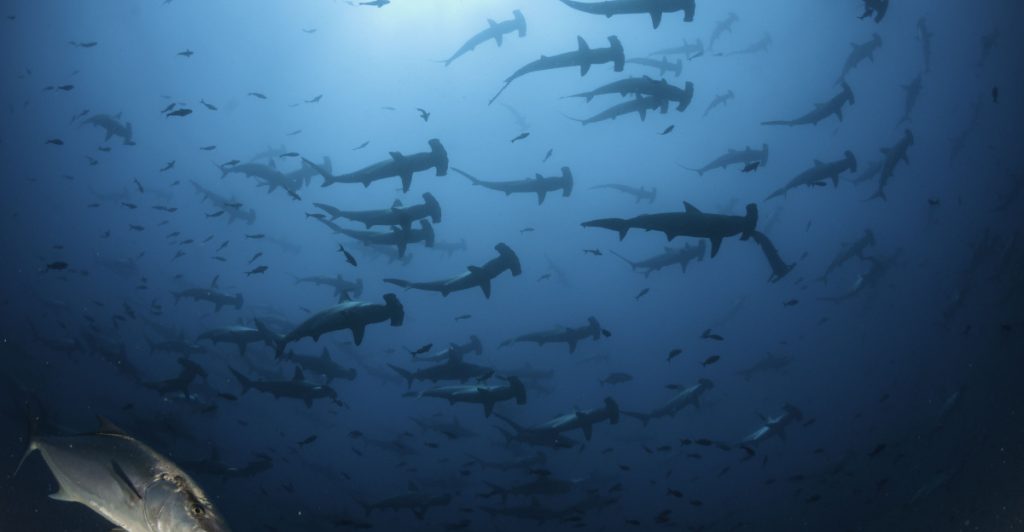A bird of prey lost its oversized catch—a hammerhead shark—after being mobbed by crows over a disc golf course in Myrtle Beach.
Others are reading now
It sounds too weird to be true: a hammerhead shark, dropped from the sky, landing unceremoniously on a disc golf course in Myrtle Beach. But according to eyewitnesses and local reports, that’s exactly what happened. And behind this bizarre aerial delivery? A determined osprey with eyes bigger than its talons.
The Osprey vs. the Crows
Ospreys are birds of prey built for fishing. Sometimes called “fish hawks,” they have barbed feet and rotating talons that make them uniquely adapted for snatching prey from the water. Typically, they go for fish under 12 inches long as they’re more manageable meals they can carry mid-flight.
But last month, one osprey flew a little too close to the crows’ turf. As it soared over the 11th hole of a disc golf course, its oversized catch drew the attention of two aggressive crows. In what’s known as “mobbing,” the pair harassed the osprey in flight, forcing it into evasive maneuvers.
Though the hawk escaped unharmed, it dropped its prize.
Also read
A Shark on the Fairway
Jonathan Marlowe, who witnessed the scene, initially assumed the bird had dropped a fish. But when he walked over, he found something far more surprising: a hammerhead shark. “We couldn’t believe it and kept asking ourselves, ‘Did that really just happen?’” he told Garden & Gun magazine.
Rather than collect the shark, Marlowe left it there, in case the osprey returned for round two.
Hammerhead Sharks: Coastal Hunters
Hammerhead sharks are known for their distinct T-shaped heads and keen hunting abilities. Several species swim the coastal waters of South Carolina, including the bonnethead, scalloped hammerhead, and great hammerhead. In 2013, researchers even identified a rare variety in the area—the Carolina hammerhead.
Though not typically the size of a bird’s meal, smaller juveniles or hatchlings could, in theory, become prey for a skilled and ambitious osprey; especially in shallow coastal waters where both species may cross paths.


